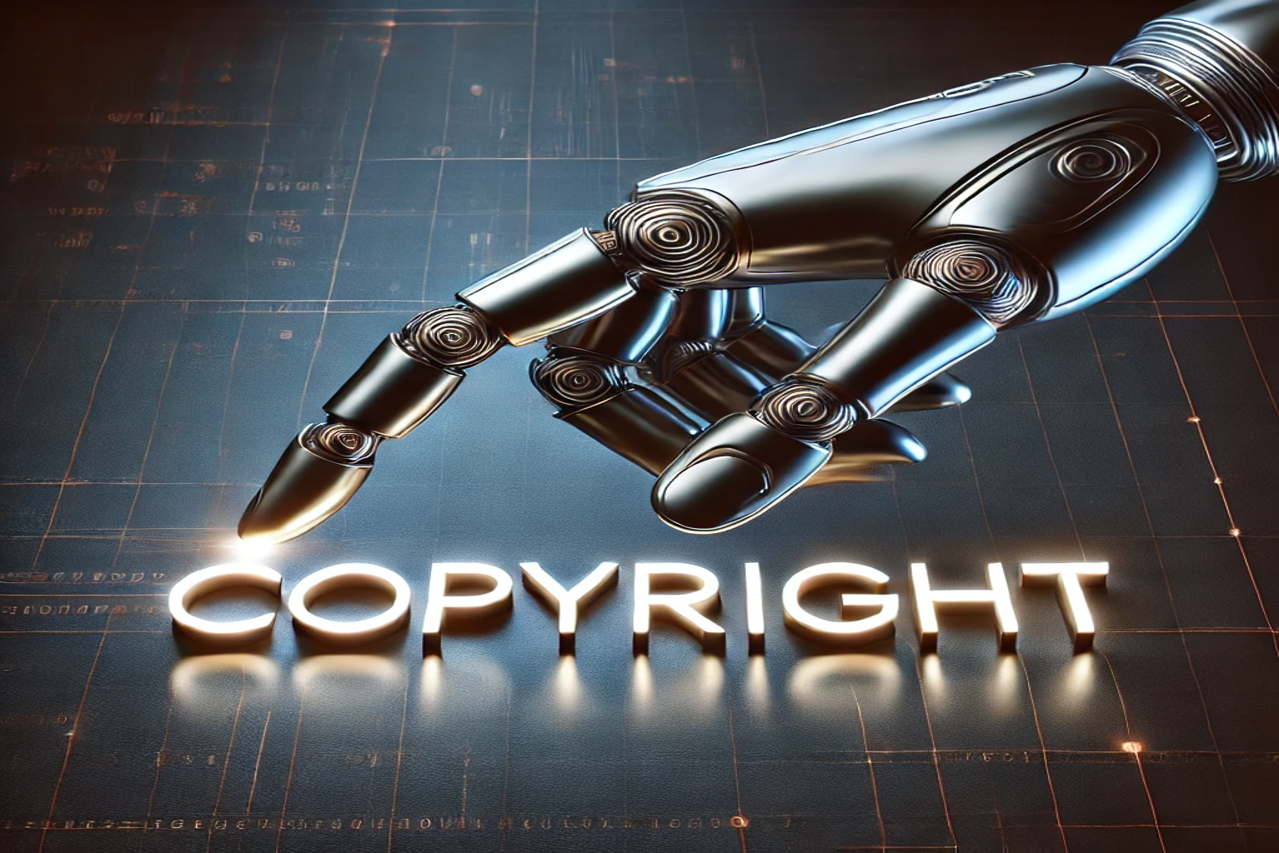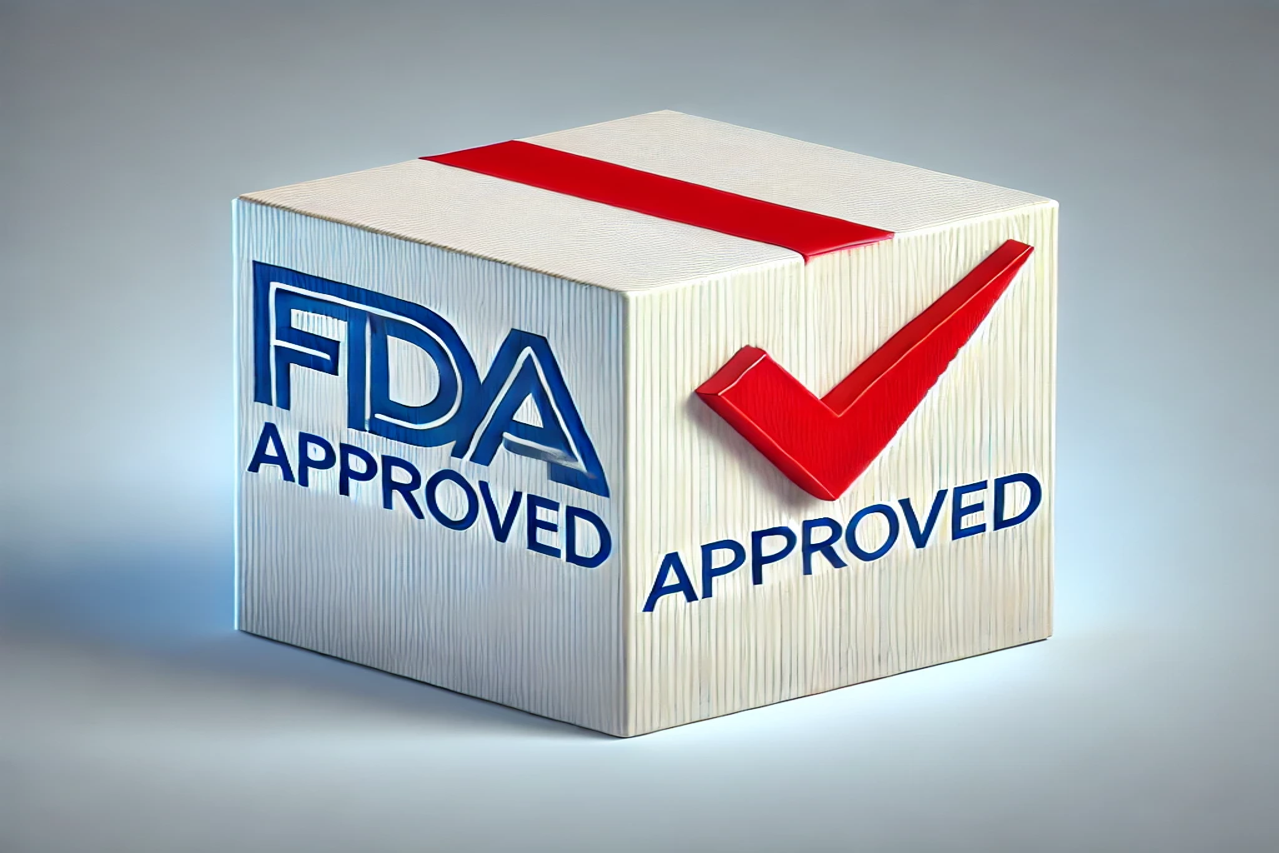As artificial intelligence (AI) continues to evolve, the intersection of AI development and copyright law has become a focal point of discussion. Text and data mining (TDM), a fundamental process in AI training, involves analyzing large datasets to extract meaningful patterns and insights. However, when these datasets include copyrighted materials, legal complexities arise.
Understanding Text and Data Mining (TDM)
Text and data mining refers to the automated process of analyzing large volumes of text and data to discover patterns, trends, and other valuable information. In the context of AI, TDM is essential for training models in natural language processing, image recognition, and other applications. For instance, training a language model like GPT-4 requires processing vast amounts of text data to understand and generate human-like language.
However, much of the data available for TDM is protected by copyright, leading to legal challenges regarding the reproduction and use of such materials without explicit permission from rights holders.
The World Intellectual Property Organization (WIPO), a specialized agency of the United Nations, promotes and protects intellectual property (IP) worldwide, WIPO plays a critical role in harmonizing global IP policies, facilitating international treaties, and offering streamlined systems for patents, trademarks, and designs.
Established in 1967 with its headquarters in Geneva, Switzerland, WIPO has 193 member states, encompassing nearly every country worldwide. WIPO addresses the evolving challenges of copyright in the digital age, ensuring that IP systems remain effective in fostering innovation while protecting creators’ rights.
WIPO has taken a proactive approach by initiating global conversations on the copyright implications of AI-driven technologies. Through initiatives like the WIPO Conversation on IP and AI, the organization explores issues such as the copyright status of AI-generated works, the need for consistent TDM exceptions, and the balance between incentivizing innovation and protecting rights holders. WIPO’s work is crucial in shaping international policies that reduce legal uncertainty, enabling AI advancements while respecting intellectual property.
Copyright Law and Its Challenges for TDM
Copyright law grants creators exclusive rights over their works, including reproduction, distribution, and adaptation. In the context of TDM, even temporary copying of data for analysis can be considered reproduction, potentially infringing on these rights.
Key Challenges Include:
- Obtaining Permissions: Securing licenses to use copyrighted materials for TDM can be time-consuming and costly, especially when dealing with large datasets comprising works from multiple rights holders.
- Fair Use Ambiguity: In jurisdictions like the United States, the fair use doctrine may allow certain uses of copyrighted material without permission. However, its application to TDM is not always clear-cut and can vary depending on specific circumstances.
- Jurisdictional Variations: Copyright laws differ across countries, leading to complexities in international AI projects that involve cross-border data analysis.
TDM Exceptions in Various Jurisdictions
European Union: A Structured Framework
The European Union addressed TDM in its Directive on Copyright in the Digital Single Market (2019), introducing two specific exceptions:
- Article 3: Allows research organizations and cultural heritage institutions to perform TDM on works they have lawful access to, strictly for non-commercial purposes.
- Article 4: Permits TDM by any individual or entity with lawful access to the work, unless the rights holder has expressly reserved their rights.
While these provisions aim to balance innovation with copyright protection, the opt-out mechanism in Article 4 has been criticized for potentially limiting the scope of TDM activities.
United States: The Role of Fair Use
In the U.S., the fair use doctrine provides flexibility for certain uses of copyrighted materials without permission. Courts have generally ruled that intermediate copying for transformative purposes, such as enabling machine learning, is permissible. For example:
- Google Books Case (2015): The court ruled that Google’s use of copyrighted texts to create a searchable database constituted fair use.
However, the fair use doctrine is not codified and remains subject to judicial interpretation, leading to uncertainty in its application to TDM.
United Kingdom: Focused on Research
The UK introduced an exception for TDM in 2014 under the Copyright, Designs and Patents Act. It allows individuals or organizations with lawful access to a work to mine it for non-commercial research without seeking explicit permission.
In 2023, there was discussion around expanding this to commercial uses, but strong pushback from rights holders delayed implementation.
Japan: An Innovation-Friendly Approach
Japan is considered one of the most progressive countries regarding TDM and copyright. It allows broad exceptions for both non-commercial and commercial TDM under its Copyright Act. As long as the purpose is data analysis and the rights holder is credited, no explicit permission is required.
| Jurisdiction | Exception Type | Applicability | Limitations |
|---|
| EU | Non-commercial and general | Lawful access required | Rights holders can opt out (general). |
| US | Fair use | Case-by-case basis | Judicial interpretation creates uncertainty. |
| UK | Non-commercial research | Lawful access required | Excludes commercial uses. |
| Japan | Broad TDM exception | Commercial and non-commercial allowed | Credit to rights holders required. |
Copyright Challenges
OpenAI and Copyright Challenges
OpenAI, the organization behind models like ChatGPT, has faced legal scrutiny over its use of copyrighted materials for training AI systems. In November 2024, the Indian news agency ANI filed a lawsuit against OpenAI, alleging unauthorized use of its published content for training ChatGPT without permission. This lawsuit follows similar legal actions taken by other news organizations in the U.S.
Hollywood Screenplays and AI Training
Research has confirmed that generative AI systems have been extensively trained using Hollywood screenplays, sourced particularly from subtitles on OpenSubtitles.org. These subtitles encompass dialogue from over 53,000 movies and 85,000 TV episodes, including renowned films and series like The Godfather, The Simpsons, and Breaking Bad. This practice raises significant concerns about intellectual property rights, as writers and creators were not asked for consent, prompting debates on AI ethics and legality.
Legal Actions Against AI Companies
In August 2024, three authors filed a class-action lawsuit against AI startup Anthropic, alleging that the company used pirated copies of their work to train its chatbot, Claude. This lawsuit is part of a growing trend of copyright challenges against AI companies, including OpenAI and its chatbot ChatGPT.
Implications for AI Innovation
The availability of TDM exceptions directly affects AI development. Regions with clear and favorable TDM policies often attract more innovation and investment. On the other hand, overly restrictive copyright laws can stifle creativity and slow progress.
For AI developers:
- Navigating Legal Frameworks: Understanding and complying with varying copyright laws is crucial to avoid legal pitfalls.
- Open Datasets: Utilizing open-access or public domain datasets can mitigate legal risks and foster innovation.
For policymakers:
- Balancing Interests: Crafting policies that protect rights holders while promoting innovation is essential for a thriving AI ecosystem.
How Copyright and TDM Impact AI in Healthcare
The intersection of copyright, TDM, and AI plays a significant role in the healthcare sector, where data-driven technologies are revolutionizing patient care, diagnostics, and treatment planning. However, copyright restrictions can significantly affect how AI models are trained and deployed in healthcare applications, creating challenges that may delay innovation or limit the scope of AI’s impact.
Access to Medical Literature and Research
One of the most pressing issues in healthcare AI is access to medical literature and research papers, which are often protected by copyright. AI models designed to assist in drug discovery, disease prediction, or medical education rely on analyzing large datasets of clinical studies, journal articles, and case reports.
While some publishers have embraced open-access models, a significant portion of medical research remains behind paywalls, making it difficult for AI developers to train their algorithms without breaching copyright laws. For example, systems aimed at developing personalized treatment plans could benefit from mining a broad range of clinical trial data, but copyright restrictions often limit access to this valuable information.
Impact on AI Training for Diagnostic Tools
Diagnostic AI tools depend heavily on training datasets that include medical images, such as X-rays, MRIs, and CT scans, as well as textual patient records. While these datasets often originate from healthcare institutions, copyright and privacy laws govern their use. In some cases, the inability to legally mine copyrighted content may restrict AI developers from building robust diagnostic models.
For instance, AI algorithms that analyze radiology images to detect cancer require extensive training on diverse datasets to ensure accuracy and reduce bias. Copyright issues can limit the size and diversity of training datasets, potentially reducing the reliability of such tools.
Challenges for AI-Powered Literature Review in Healthcare
AI models used for literature reviews and evidence-based practice in healthcare face similar challenges. Tools designed to help clinicians quickly find relevant studies or guidelines rely on the ability to process vast amounts of copyrighted material.
In jurisdictions with restrictive TDM laws, AI systems may be unable to fully utilize these resources, creating inefficiencies in clinical decision-making. Conversely, countries with progressive TDM policies, such as Japan, enable the development of AI tools that can streamline the review of medical literature, improving the speed and accuracy of evidence-based healthcare.
The intersection of AI, copyright, and TDM is shaping the future of innovation in profound ways. Understanding and addressing these challenges is essential for fostering the development of ethical, impactful AI technologies. In healthcare, where the stakes are especially high, governments, developers, and healthcare institutions must work together to ensure TDM policies enable transformative advancements while respecting intellectual property rights.
Are you interested in learning more about AI in healthcare? Subscribe to our newsletter, “PulsePoint,” for updates, insights, and trends on AI innovations in healthcare.




